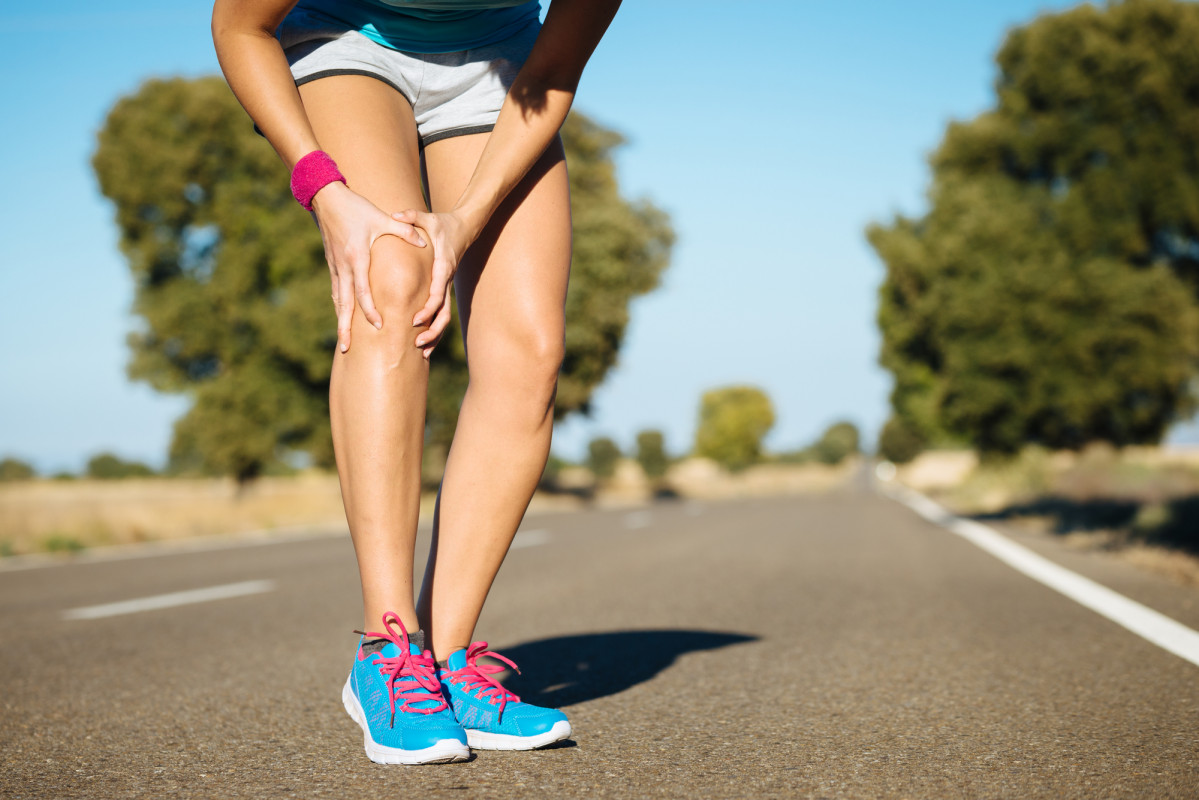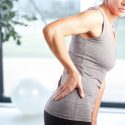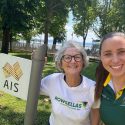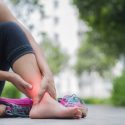
Tendons join muscle to bone. Tendons act like a spring to store and release energy in order for us to perform dynamic activities. Fast dynamic activities place the highest load on a tendon eg. hop, jump, change of direction. For some people this may not be related to sport but rather activities like running to get the bus or crossing the road quickly.
Tendons can be affected by loads including pulling/stretching, compression or rubbing. Many tendons biomechanically get their advantage by hooking over a bony prominence. In a symptomatic tendon this compression is aggravating and increases pain.
Normal tendon has well aligned collagen fibres that effectively store and release energy. When load suddenly increases a normal tendon gets an influx of cells that cause a tendon to swell and this is painful. As tendinopathy gets worse a number of water based cells enter the tendon and blood vessels grow into the tendon. This can affect the alignment of the collagen fibres and affects the ability of the tendon to store and release energy. Pain increases and activity levels often decrease due to pain. This often can result in tendon and muscles becoming weaker and less load is then required to aggravate the tendon. Often this creates fear of exercise and people ‘rest’ their tendon. However when people decide to return to their usual exercise the tendon is no longer equipped for high loads and this results in increased pain.
Tendon pain can affect many parts of the body. The Achilles tendon is the most well known tendon and Achilles tendinopathy occurs in runners. The patella tendon at the front of the knee is affected in jumping sports eg. Basketballers, volleyballers. The proximal hamstring tendon is commonly affected in hockey players. These groups can develop tendinopathy with a sudden increase in load/ training. The lateral gluteal tendon is affected in post menopausal women. The change in load in this population may be related to hormone changes, carrying grandchildren on their hip or an increase in activity levels such as walking.
We often see patients in the clinic who have had cortisone injections into their hip or shoulder for bursitis. Bursa are located between the tendon and the underlying bone and acts as a cushion. Bursitis is an inflammation in the bursa and occurs because of an increase in compression. This is most often attributed to poor motor control or poor mechanics of the supporting muscles around the joint. This is related to weakness. Although a cortisone injection may decrease inflammation in the bursa, unless the poor biomechanics and weakness around the joint is improved this problem will re-occur.
Research has conclusively shown us that exercise is the key to address tendinopathy. Not just any exercise but a carefully prescribed program that ensures the right type and amount of exercise is given. This involves a mixture of execises called isometric and isotonic exercise. Physiotherapists are well equipped to educate and design individualized programmes for those with tendinopathy.
Please feel free to contact our practice if you have any questions or want to book an appointment with one of our experienced physiotherapists.








